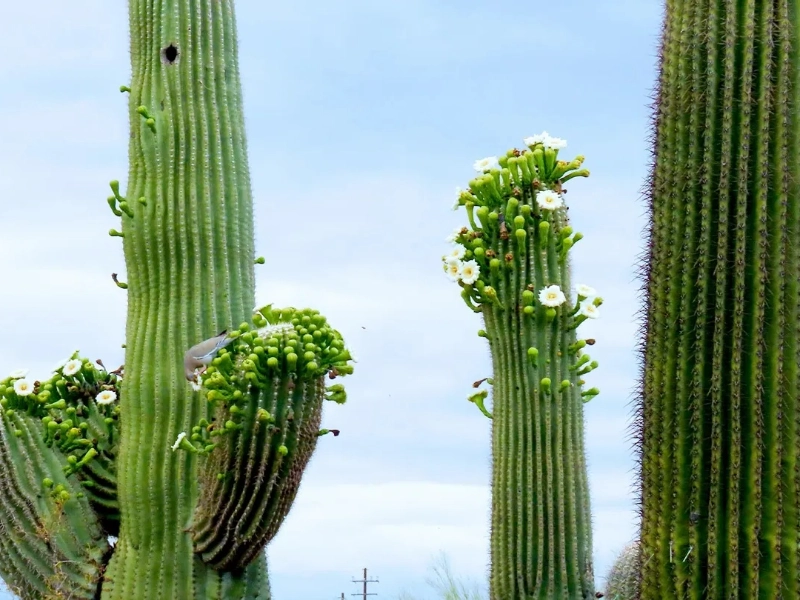Exploring the World's Most Unique Cactus Varieties
Advertisement
Fascinating plants living in some of the toughest conditions on Earth are cacti. Plant enthusiasts and scientists equally have been captivated by their varied forms, sizes, and adaptations. Some of the most unusual cactus species are examined in this page together with their traits and habitat.
1. The Iconic Saguaro Cactus

Advertisement
Probably the most identifiable cactus on Earth is the Saguaro cactus (Carnegiea gigantea). Originally from the Sonoran Desert in Arizona, California, and Mexico, this amazing plant may survive for more than 150 years and reach heights of over forty feet. The lofty, tree-like form of the Saguaro is well-known; its upward-reaching arms usually start to develop around the cactus's 50 to 70 year age.
The ability of the Saguaro cactus to hold water is among its most amazing features. Its soft tissues allow it to absorb and save up to 200 gallons of water during the rainy season, therefore enabling it to withstand protracted drought. The Saguaro's thick, waxy skin reduces water loss; its ribs stretch and shrink to fit variations in water volume.
Apart from its remarkable scale, the Saguaro supports diverse species. While its flowers draw bees and other pollinators, birds including the purple martins and the Gila woodpecker build their nests in the holes of the cactus. Late April brings the Saguaro blooms, which include big white blossoms opening at night and close by midday. Apart from their beauty, these flowers are rather important for the local animals as food.
The Saguaro cactus represents the American South-west rather than only a plant. Attracting visitors and environment lovers from all around the world, its remarkable look and ecological value make it a beloved icon. Maintaining the special Sonoran Desert biodiversity depends on safeguarding the Saguaro and its habitat.
You May Like
Advertisement








